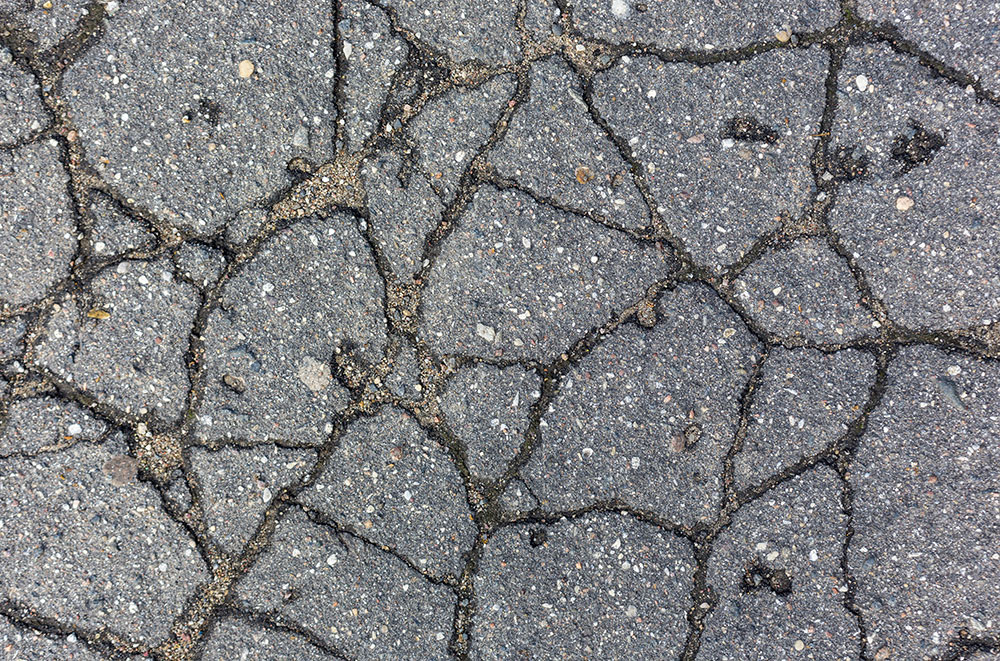Asphalt is commonly used for most roadway construction due to its high-friction surface and relatively low cost of production. However, there are a number of factors that can contribute to the surface of the asphalt being compromised. Heavy impacts can cause cracking, extreme weather can cause potholes, and repeated heavy traffic can cause uneven roadways.
Oftentimes, asphalt replacement is chosen simply because it was the original material used, but using a concrete overlay to fix a compromised surface of a roadway or parking lot might be the better option for you.
Why Choose Concrete Overlays Over Asphalt Replacement
All it takes is a thin layer of concrete placed over the top of the damaged asphalt areas to create a lasting solution. The layer of concrete will be able to handle the weight of vehicles passing over it, the effects of changing weather, and extreme temperatures. The concrete overlay option is also low maintenance due to the added durability against the elements, and if any damage does occur, repairs are relatively easy and low-cost.
You also benefit from a quick turnaround time when you place a concrete overlay instead of replacing the asphalt altogether. Replacing asphalt involves a drawn-out process of breaking up the existing roadway, collecting the pieces, and disposing of the debris. When you choose to add a concrete overlay, you can skip this whole process completely; your fixed roadway or parking lot will be ready to use in a short period of time. For concrete overlays, there is usually not even any pre-pour repairs needed, meaning you can pour your concrete right on top of the areas that need fixing.
The reduced amount of materials needed to do a concrete overlay, along with the quick turnaround time, means you can expect the project to cost less than a full-on asphalt replacement. The concrete material also ensures your fixed roadway will last and require less maintenance, reducing long-term costs as well. Asphalt effectively disappears at night without substantial lighting. Concrete, on the other hand, is very reflective, creating a surface that offers excellent visibility at all hours, making for a safer place to drive and walk and reducing the need for artificial lighting.
Bonded Overlays vs Unbonded Overlays
When using concrete overlays to repair an asphalt roadway, there are two options. Bonded overlays are used for asphalt surfaces where there is damage to the surface, but nothing too extensive. Since the new layer will be thin, it needs to be bonded to the existing surface to create the sufficient level of strength needed to be effective. In order to bond the concrete overlay to the asphalt, the surface needs to be roughened up either by a sandblaster or a similar device. The rough surface allows the plastic concrete to effectively fit into the asphalt surface rather than just lying on top of it. For asphalt with more extensive damage, unbonded overlays can be used. This process uses a little more material but takes less preparation; the new overlay can simply be placed on top of the asphalt surface.
For quality concrete services and a job well done, choose Knight’s Redi-Mix or Precast divisions for your next project.

